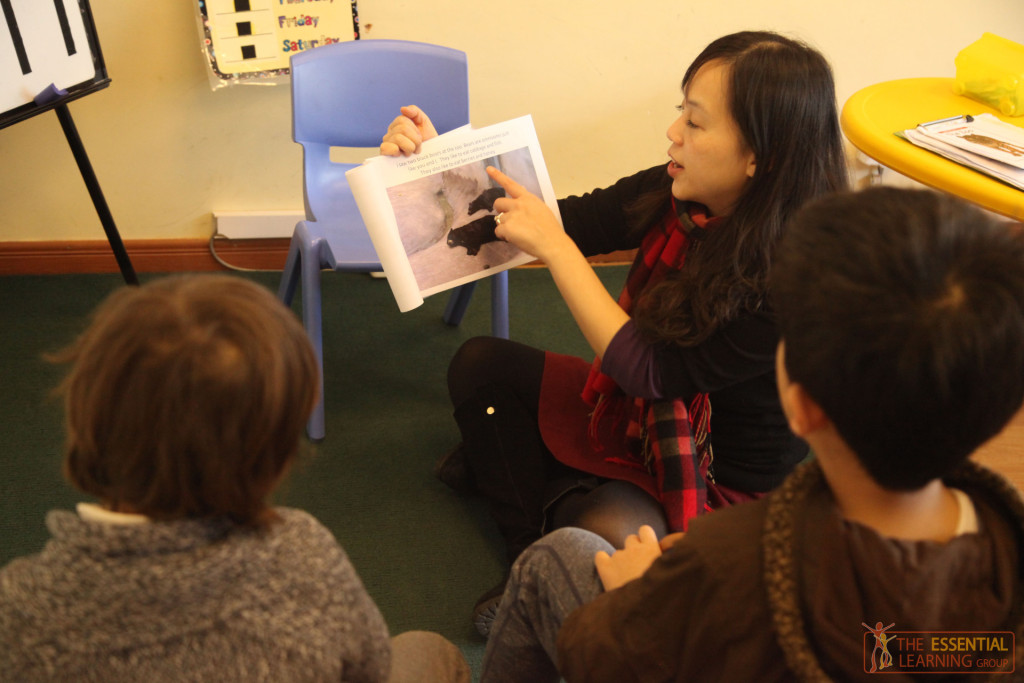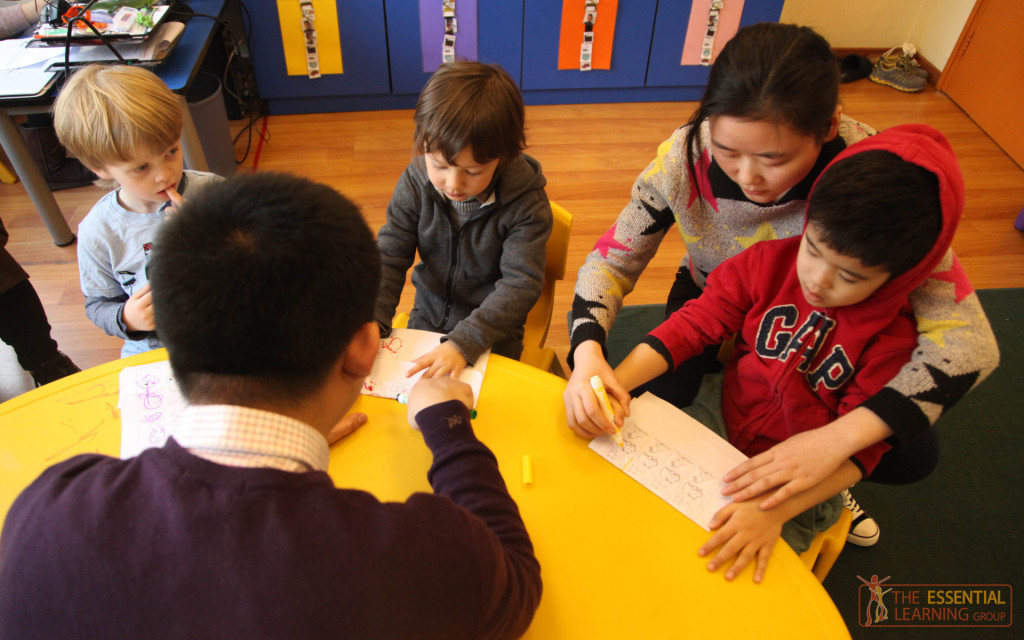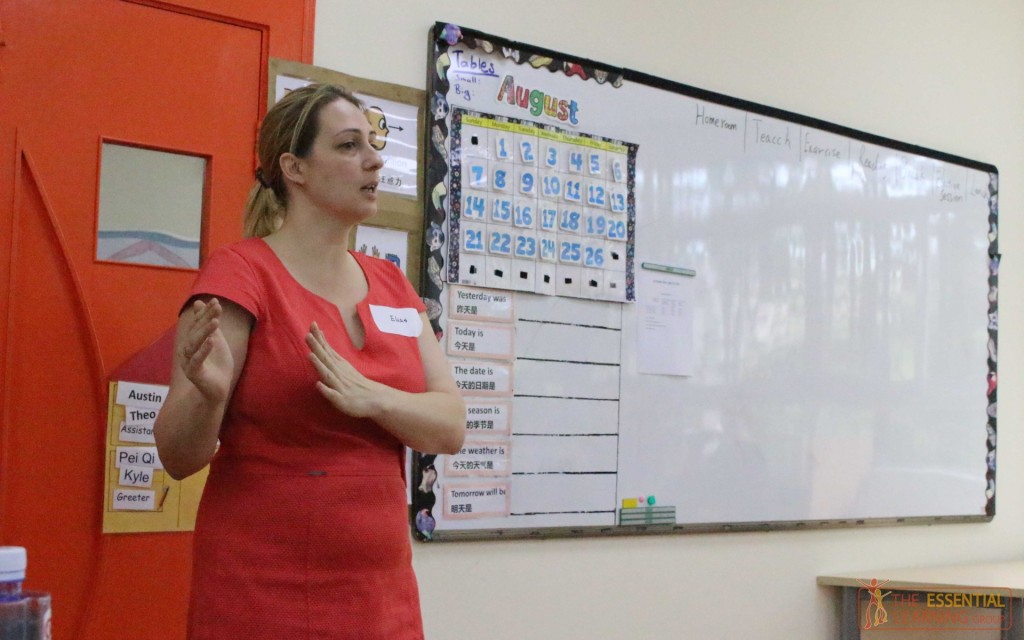By Lei Jin, Educational Psychologist, with Ronni Rowland, Writer
Children with special needs often feel a lack of motivation in traditional educational settings. They may feel like they can’t compare to their peers or are always “playing catch-up” in class.
“Observe and talk to students about what they like,” says Lei Jin, Educational Psychologist with the Essential Learning Group (ELG). “Work with other teachers, parents, and therapists to explore children’s interests – starting with what kids naturally enjoy is inherently motivating and provides an immediate connection.”
Here are three tips for keeping students motivated.
1. Brainstorm
Kick off a new semester or subject area with brainstorming to discover which topics and activities are intrinsically motivating to students. This strategy is especially beneficial for generating lesson plan ideas and improving your curriculum.
Brainstorming also gives kids a chance to socialize, get to know each other and share ideas in a supportive environment.
2. Rebuild your beliefs
Students are active learners, a concept based on Piaget’s active learning theory. “Students learn best when they engage with materials, actively participate in class assignments, and collaborate with each other,” says Lei Jin. “Don’t expect students to simply listen and memorize.”
On the other side of the desk, teachers are facilitators, a view that is based on Vygotsky’s zone of proximal development (ZPD). A student’s ZPD is the difference between what a student can do without help and what she/he can do with help. When teachers determine a student’s ZPD, they “can provide the appropriate assistance and ‘boost’ in order to achieve a higher level of task,” explains Lei Jin. In this way, students learn new content as active learners, promoting their intrinsic motivation.
3. Use the Share-Choice-Feedback strategy throughout the year
First, share “your story” with students to build a trusting relationship. Let them know who you are as a person and relate your own experiences to curriculum topics, demonstrating the classroom is a “safe” place to share ideas.
“Then give students choices for what they do, how they do it, and how they are assessed,” continues Lei Jin. Some students are comfortable writing; others prefer oral presentations, drawing or making 3D models. Additionally, offering choices is especially beneficial for group activities and hands-on projects such as research, case studies, and real-life activities. For example, students could plan a fund-raising event for a charity, map out a field trip or plan a meal. Each of these projects involves a wide range of choices and opportunities for creative thinking.
Finally, give students immediate feedback so they feel their answers are valued. Offer positive or constructive verbal feedback, write encouraging notes on assignments, and give a thumbs-up or high-five to show students are heard.

Motivating from the inside out
Be aware that every child is special – they have different needs, routines and cultural norms. “Pay close attention to students – both as individuals and as a class – to better understand which activities and communication styles optimize learning and connect to their backgrounds,” explains Lei Jin.
When kids feel valued and understood, they’ll be motivated from the inside out.
For more tips and background about what keeps students motivated, please join ELG on Saturday, February 18, 9 am to 3 pm, for our free professional development day, “Motivation is Fun(damental): Practical Tips and Tools to Inspire Students to Learn”.
Lei Jin, M.A., Ph.D. Candidate
Educational Psychologist
Lei Jin is an Educational Psychologist with extensive field experience in China and the United States. At ELG, Lei Jin provides Psycho-Educational assessments in Mandarin and English, and her specialties include: parenting, parent-child relationships, and child adjustment in cross-cultural context. She is passionately committed to working with children from different cultures and helping families through the process of reaching out for support and overcoming challenges.



